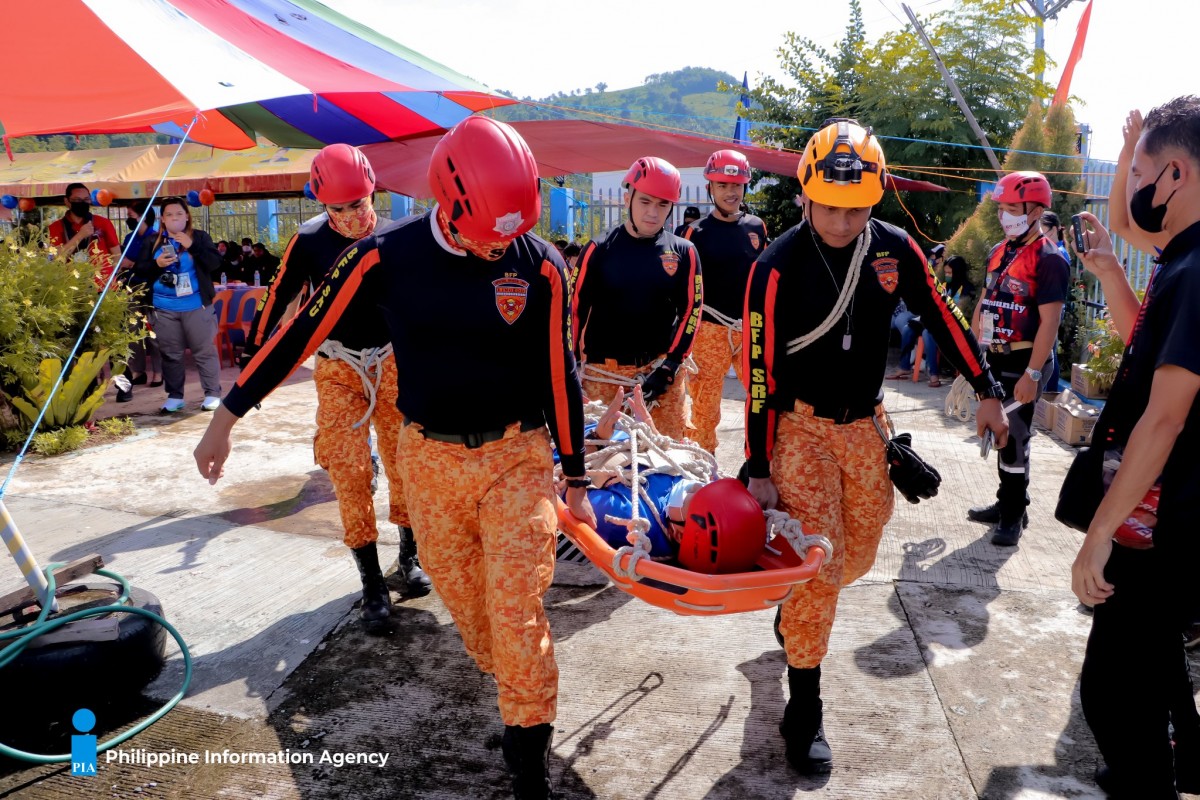No one could stop natural catastrophes and even predict the occurrence of man-made disasters, except to prepare, prevent and mitigate. Thus, the people always have the options to be prepared as these phenomena could take place anytime and anywhere.
The Philippines is vulnerable to be hit by several forms of natural disasters such as typhoons, earthquakes, floods, and among others, as the country is believed to be along the Pacific typhoon and Pacific Ring of Fire.
On the other hand, man-made disasters are hard to predict yet very possible to happen.
Through the Executive Order No. 29, July is designated to be the National Disaster Resilience Month (NDRM) that aims to follow the whole-of-nation approach, which encourages all public and private organizations to initiate programs and activities relating to disaster preparedness and mitigation.
Even if the country is still under the COVID-19 pandemic technically by declaration, the Disaster Risk Reduction and Management (DRRM) in the Zamboanga Peninsula region, through the four thematic pillars to averting disasters, convened a face-to-face meeting with the member agencies to highlight the importance of being disaster-ready and to commence the NDRM 2022 anchored on a theme: "Sambayanang Pilipino, Nagkakaisa tungo sa Katatagan at Maunlad na Kinabukasan."
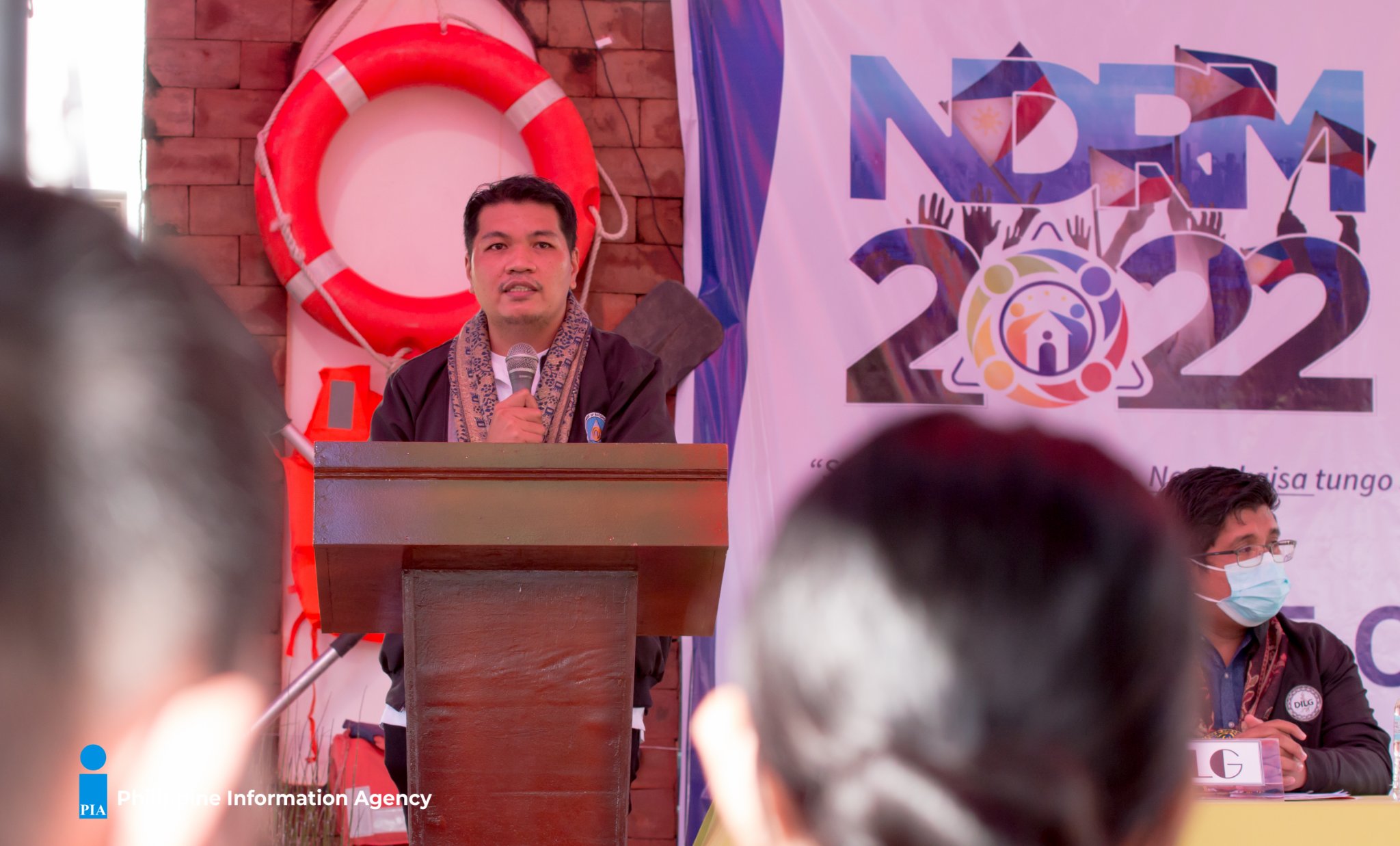
The four thematic pillars are as follows: Disaster Prevention and Mitigation led by the Department of Science and Technology (DOST), Disaster Preparedness led by Department of the Interior and Local Government (DILG), Disaster Response and Early Recovery being led by the Department of Social Welfare and Development (DOST), and the Disaster Rehabilitation and Recovery spearheaded by the National Economic and Development Authority (NEDA).
“The responsibility of disaster risk reduction management does not only rely on the Department of National Defense (DND), National Disaster Risk Reduction and Management Council and Office of the Civil Defense alone, hence, all regional members, local DRRM councils and other stockholders should be part of this advocacy,” the outgoing DND Secretary Delfin Lorenzana appealed.
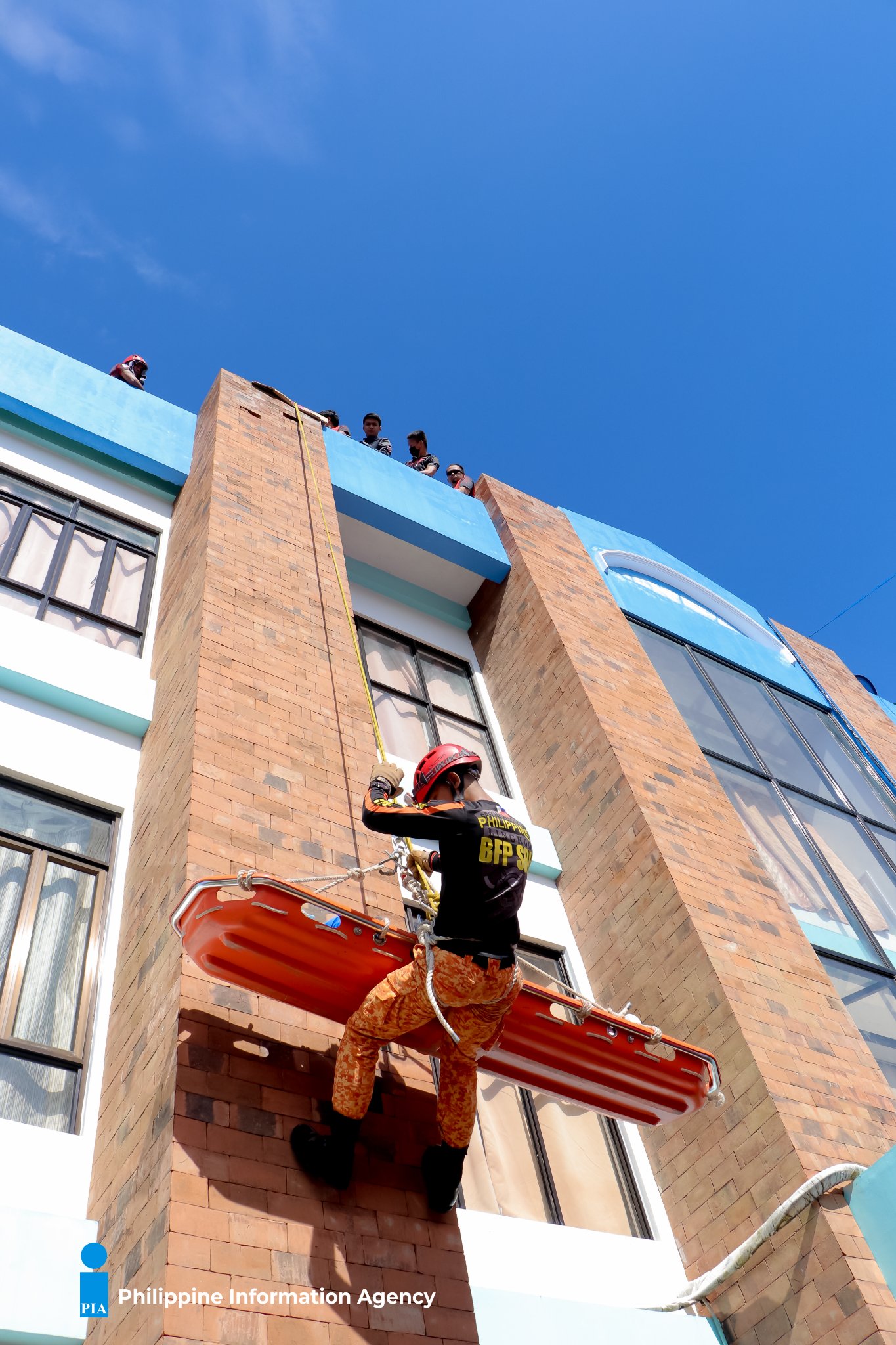
Disaster-resilient communities
In building disaster resilient communities, every individual must find its humanity and will to live.
The importance of collaboration and unity of all Filipinos is a necessity to overcome the challenges brought by such adversities, to equip and prepare us for the new emerging disaster towards building safer, adaptive and resilient areas as our vision.
“We cannot stop a disaster! Therefore, I encourage everyone to commit in building resilient Filipino communities by empowering individuals,” OCD-9 Assistant Regional Director and DRRM Division Chief, Atty. Ruel S. Halanes said during the commemoration of NDRM 2022, recently in Pagadian City.
The DRRM implored all stakeholders to help create a comprehensive, inclusive and targeted capacity development interventions, to enable the new leaders realize that disaster preparedness and mitigation must be at the top of their agenda.
"A true blooded Filipino will always emerge and stay agile in the midst of any challenges and with the new set of leaders, hopefully disaster mitigation will still be one of the major priorities to discuss and take action,” Atty. Halanes added.
From households to offices, everyone must give big emphasis to disaster alleviation and be united in the reiterations and understanding its risks, strengthening disaster risk governance among local government units, and investing in disaster risk reduction for resilience.
The responsibility of disaster management is everyone’s concern; be it political leaders either appointed or elected, well-off or penurious individuals, among others - their lives will be at stake if left unprepared.
“Let us work together towards a disaster-resilient nation (Philippines),” Atty. Halanes exclaimed.
Disaster is a socio-economic issue
Over the years, losses due to disasters, pose risks to the country that endangers the lives and properties of our citizens, especially the poor who are severely lacking the necessary resources to bounce back better.
Consequently, governments face an immense challenge in providing localities the necessary capacity in addressing the needs for a more effective disaster risk reduction management.
“We will ensure that local institutions designed by laws are working well in fulfilling their mandates in developing resilient communities,” DILG-9 Local Government Operations Officer and OIC-Local Government Capacity Development Division, Alvin Rex Lucero said.
The NDRRM law mandates the DILG to ensure disaster preparedness particularly at the local level, which is to mentor and prepare Local Government Units (LGUs) for both man-made and natural disasters.
Lucero affirmed that their department aspires to develop LGUs to be proactive and inclusive in disaster governance.
“Local Government Units in the region must strengthen their disaster prevention and management system because they are the front liners of their areas and they know more of the disaster prone zones in their area,” NEDA-9 Economic Development Specialist of the Policy Formulation and Planning Division Chief Ms. Susan C. Valerio added.
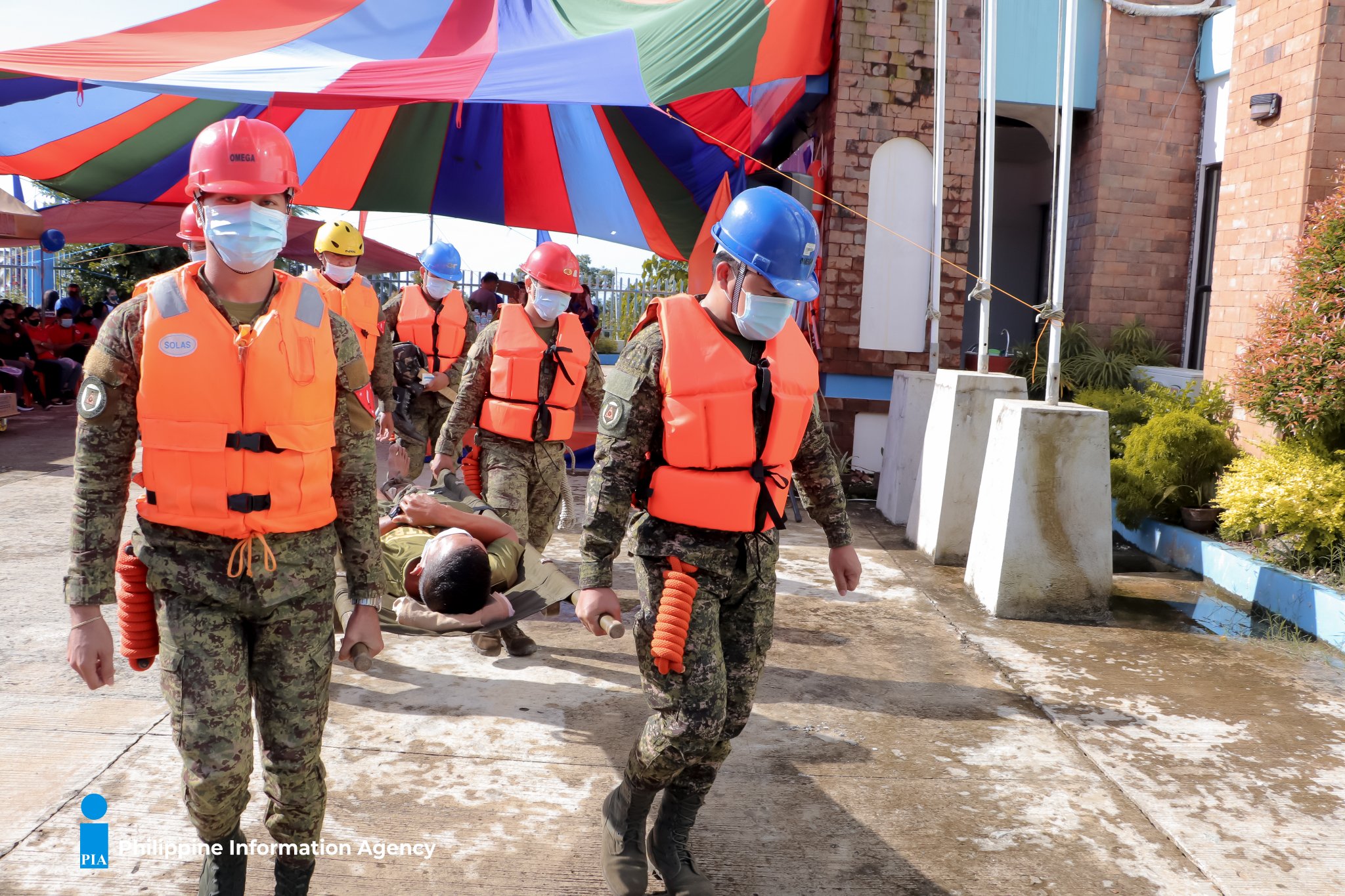
The operation “LISTO” has also been underscored as the DILG’s bannered program in disaster preparedness in order to keep the LGUs guided in trailing the path to resilience as this has been a long time dream to integrate disaster risk reduction and management in all strata of local governance for efficient service delivery.
More so, the department is also optimistic that with the increase of local resources brought upon by the implementation of the Mandanas-Garcia ruling, the LGUs can be able to carry out their mandates effectively and translate them into complete actions for the good of all pertaining to disaster-ready.
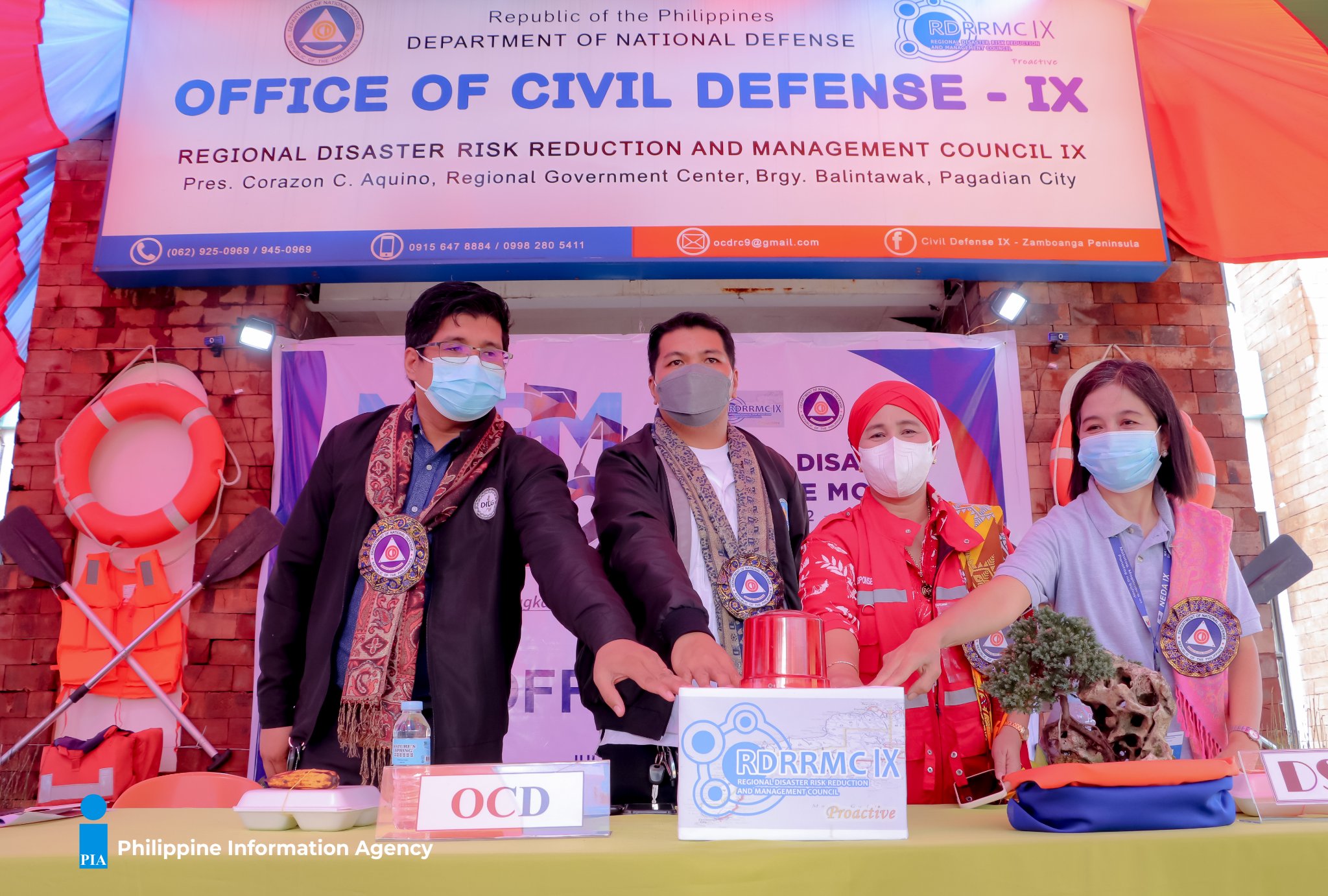
Disaster Risk Reduction and Management is an unending quest
DRRM is an endless mission of the government in keeping the communities and its people secured from harmful adversities of the nature and human kind.
“Until we do not seize to aspire for a better world, we do not rest on our laurels yet we will work hard until all our people enjoy a matatag, maginhawa at panatag na buhay,” Alvin Lucero of DILG-9 affirmed.
The best way to alleviate the impacts of disaster is building resiliency by investing and realigning plans towards emphasizing on mitigating efforts and readiness activities.
“We will continue our mission to be in the front line in the delivery and provision of emergency services to public assistance during or immediate and after disaster. Let us continue to ignite the spirit of camaraderie amidst the adverse challenges brought by the disaster affecting our region,” DSWD-9 Social Welfare Officer and OIC-Division Chief Disaster Response Management Division Hja. Jamila A. Arasid said.
The government is hopeful that throughout the years of mitigating disasters especially in the grassroots communities, the preparations of the authorities are enhanced and sustainable.
On a positive note, the economy of the country is now slowly picking up amidst the COVID-19 pandemic.
“Since 2021, the Philippines has recorded positive gross rates and we hope there will be less disasters that will negate whatever gains we will have,” Susan C. Valerio of NEDA-9 said.
The region has also been able to slowly and carefully reopened the economy through the correct risks management strategies.
With this, the DRRM is hopeful that local government units in the region will further strengthen their disaster prevention and management system as well as be disaster-ready at all times. (RVC/EDT/JRA/PIA9-Pagadian City)
